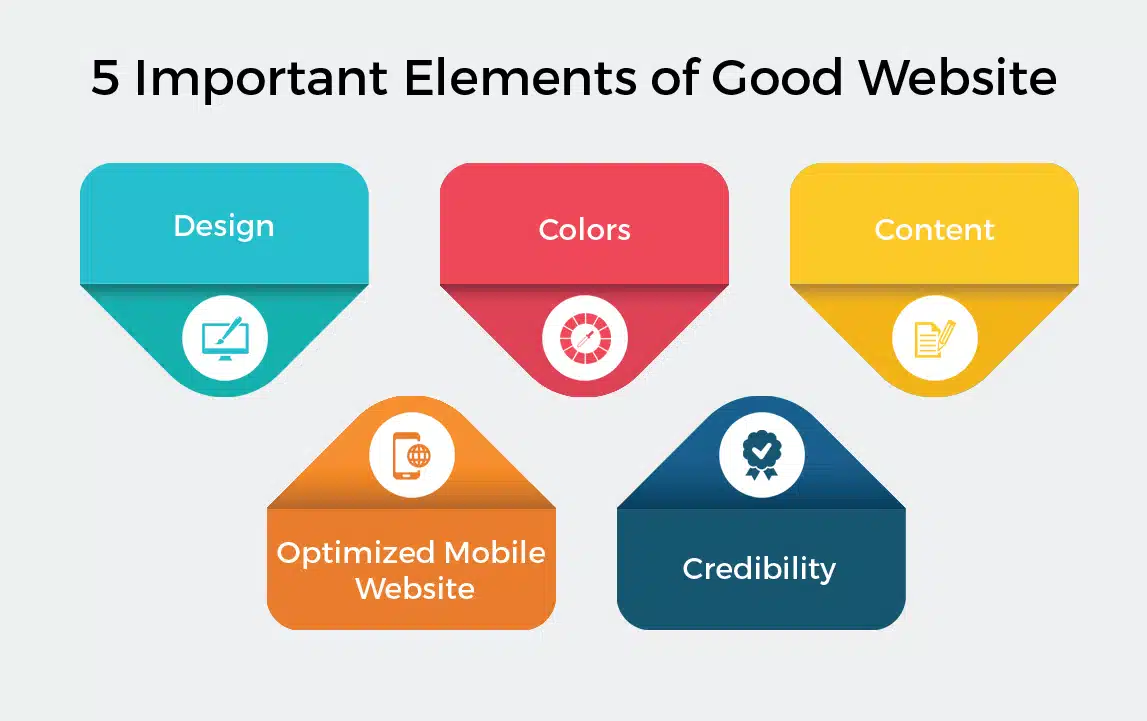In the digital age, a well-crafted website is a cornerstone for any business or organization. It is not just about having an online presence; it is about creating a space that attracts visitors, engages them, and ultimately converts them into loyal customers. Here are five essential elements that contribute to the success of a website:
1. Design
The design of your website is the first impression visitors will have of your brand. A well-thought-out design enhances user experience and effectively conveys your brand message. Here are some key aspects to consider:
- Aesthetics: Use a visually appealing layout that aligns with your brand identity. Choose appropriate fonts, images, and graphics that resonate with your target audience.
- User-Centric Approach: Design with the user in mind. Create intuitive navigation and a layout that guides visitors to the information they seek without confusion.
2. Colors
Colors play a significant role in shaping perceptions and emotions. The right color scheme can create a visual identity for your website and enhance user engagement. Here is how to effectively use colors:
- Brand Consistency: Use colors that reflect your brand personality. Consistent use of colors across your website helps reinforce your brand identity.
- Emotional Impact: Different colors evoke different emotions. For instance, blue can convey trust, while red may evoke excitement. Choose a palette that aligns with the feelings you want to elicit from your audience.
3. Content
Content is the heart of your website. High-quality, relevant content is crucial for engaging users and providing them with valuable information. Consider the following strategies:
- Clarity and Relevance: Write clear, concise, and engaging content that addresses your audience’s needs. Use headings, bullet points, and visuals to make your content easy to digest.
- SEO Optimization: Implement search engine optimization (SEO) practices to improve your website visibility on search engines. This includes using relevant keywords, meta tags, and quality backlinks to attract organic traffic.
4. Optimized Mobile Website
With a significant number of users accessing websites through mobile devices, ensuring your website is mobile-friendly is essential. A mobile-optimized website provides a seamless experience for users on smartphones and tablets. Here is what to focus on:
- Responsive Design: Ensure your website adapts to various screen sizes. A responsive design enhances usability, making it easy for users to navigate regardless of the device they are using.
- Fast Loading Times: Mobile users expect websites to load quickly. Optimize images and reduce page elements to improve loading speed, minimizing bounce rates and keeping users engaged.
5. Credibility
Establishing credibility is vital for converting visitors into customers. A trustworthy website reassures users and encourages them to take action. Consider these tips:
- Security Features: Implement SSL certificates to encrypt user data. This is particularly important for e-commerce sites handling sensitive information.
- Trust Signals: Display testimonials, reviews, and certifications to build trust with your audience. Clear contact information and a professional design further enhance your website credibility.
Conclusion
A successful website combines effective design, thoughtful color choices, high-quality content, mobile optimization, and strong credibility. By focusing on these five essential elements, you can create a website that not only attracts visitors but also converts them into loyal customers. Investing in these areas will enhance your online presence and help you achieve your business goals.


